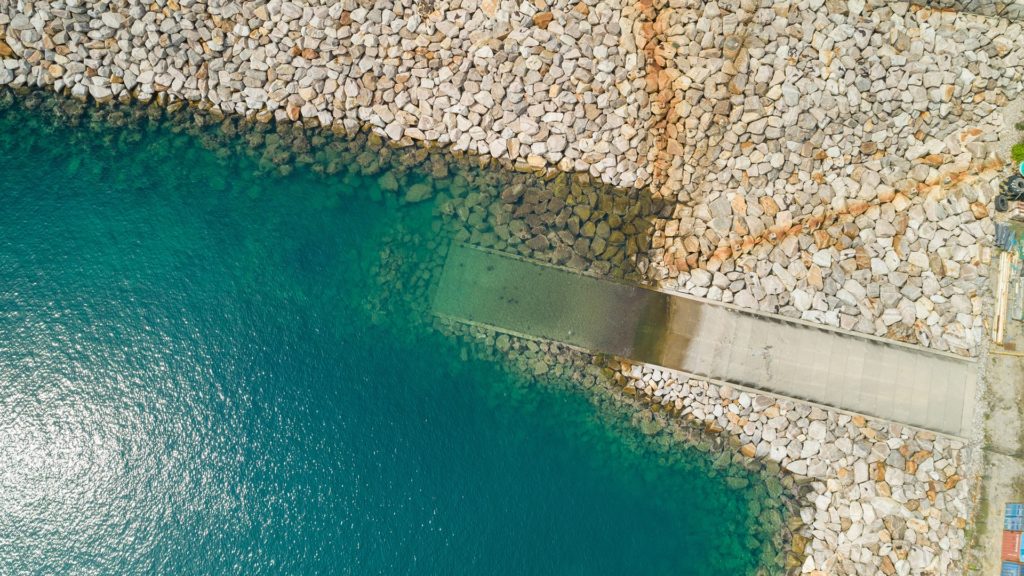Rio Tinto says it has become the first major mining company to publish site-by-site water usage data across its global network of managed sites in 35 countries, through an interactive map on its website.
The company made the announcement on World Water Day 2023.
For each managed site included, the database details permitted surface water allocation volumes, the site’s annual allocation usage and the associated catchment runoff from average annual rainfall estimate. The database includes five-year historic comparative data and will be updated annually, according to the company.
In 2019, Rio Tinto made a commitment to drive good water stewardship and improve disclosure to stakeholders, by publishing site-by-site surface water usage data for all managed sites by the end of 2023.
This commitment is in line with the water reporting guidelines of the International Council on Mining and Metals (ICMM) Water Stewardship Position Statement, which sets out ICMM members’ approach to water stewardship. It includes commitments requiring members to apply strong and transparent water governance, manage water at operations effectively and collaborate to achieve responsible and sustainable water use.
Rio Tinto Chief Executive, Jakob Stausholm, said: “Water is an essential resource, critical to sustaining biodiversity, people and economic prosperity. It is also a resource we share with the communities and nature surrounding our operations, so it is essential that we carefully manage our use and hold ourselves accountable to our stakeholders.
“This interactive database brings a new level of transparency and will enable us to engage more deeply with our stakeholders, seek their feedback on our disclosure and continue to focus our efforts on becoming better water stewards for today and future generations.”
Sharing water with communities and nature surrounding operations means balancing operational needs with those of the local communities and ecosystems, Rio says. The company aims to avoid permanent impacts on water resources by carefully managing the quality and quantity of the water used and returned to the environment.
“We will look to incorporate future water and broader environmental disclosures within this platform,” it said.











